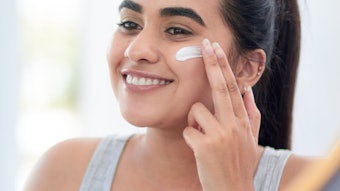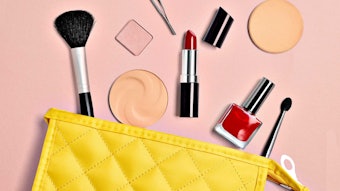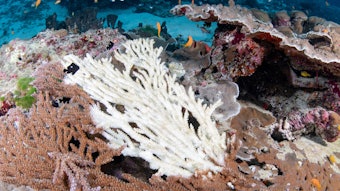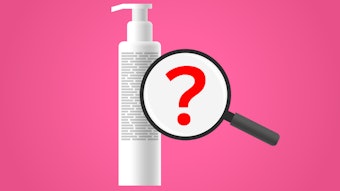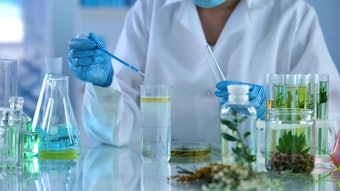Editor’s note: This article is the basis for the Dec. 12, 2013, Frontiers of Science Award Lecture sponsored by Cosmetics & Toiletries and presented at the Society of Cosmetic Chemists’ Annual Meeting in New York. Here, Joe Schwarcz, director of the McGill University Office for Science and Society, discusses scrutiny and scientific challenges faced by the cosmetics industry.
Cosmetics are under attack, although this is not the first time. Back in 1770, the English Parliament passed an act1 declaring that marriages could be pronounced null and void if the man had been “led into matrimony by false pretenses through the use of scents, paints, cosmetic washes, artificial teeth, false hair, bolstered hips, high heels or iron stays.” It is not quite clear what iron stays were, although likely they were used to steady features of the female anatomy beginning to droop. It remains a mystery whether anyone sought divorce after being disappointed that the “goods” were not as advertised, but it is safe to assume that cosmetic manufacturers were not happy with the situation. They also were probably not thrilled when Queen Victoria publicly declared makeup to be improper, vulgar and acceptable only for use by actors.2
As is well-known to the industry, cosmetics are being assaulted again today, but for a different reason: harboring potentially toxic ingredients. Regulatory authorities are being challenged for not doing enough to protect public health. Finger-pointers range from faceless composers of inane e-mails to various activist organizations that bolster their crusade for “safer cosmetics” with references to scientific literature. Some accusations, such as the assertion that certain mascaras or lipsticks contain toxic amounts of lead, are unrealistic because toxicity is a function of exposure, and the exposure in lipstick is well below toxic levels.3 However, allegations that some cosmetics may contain hidden carcinogens or hormone-disrupting substances merit scrutiny. Hormones are active at extremely low concentrations, and some “endocrine disruptors” can be found in blood and urine samples at concentrations comparable to naturally occurring hormones.4


